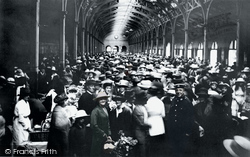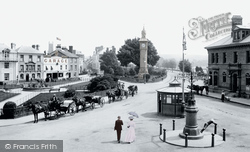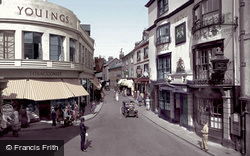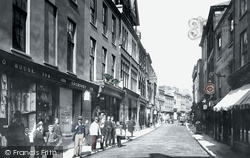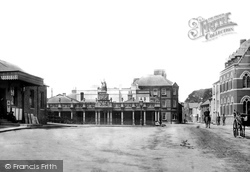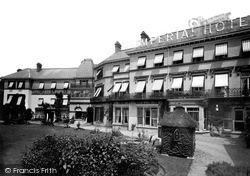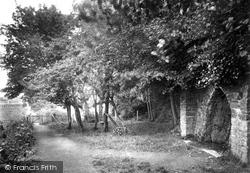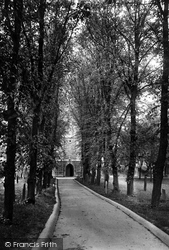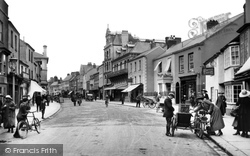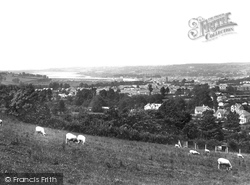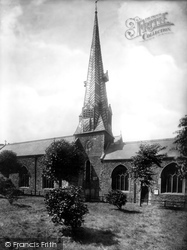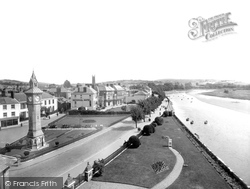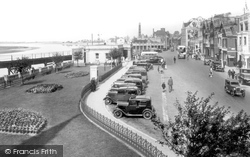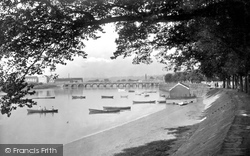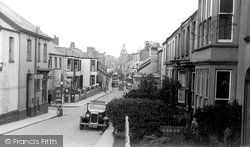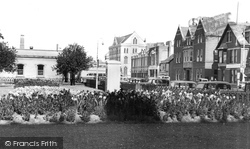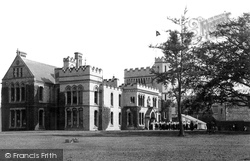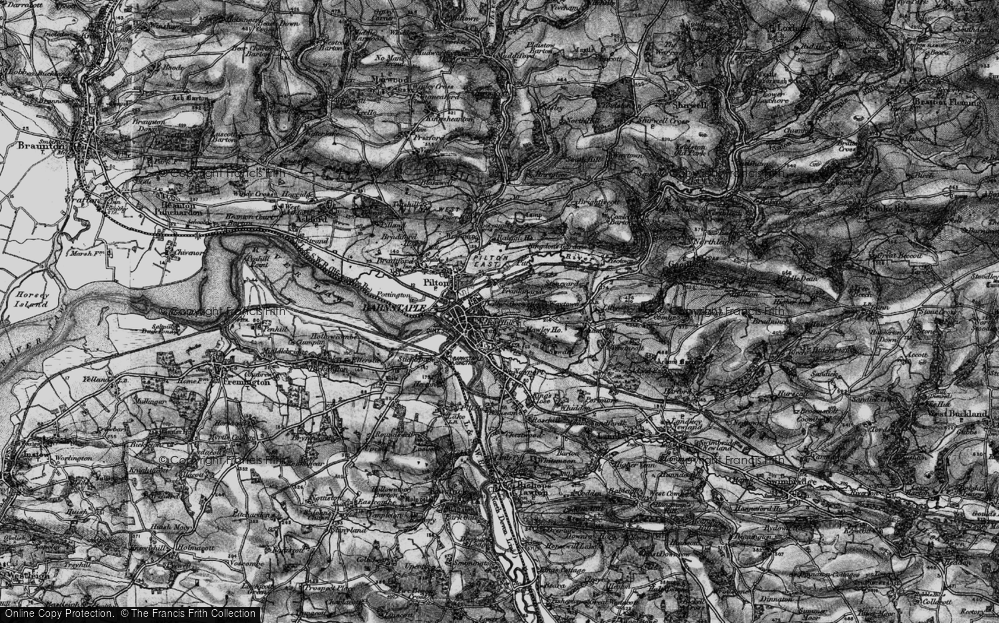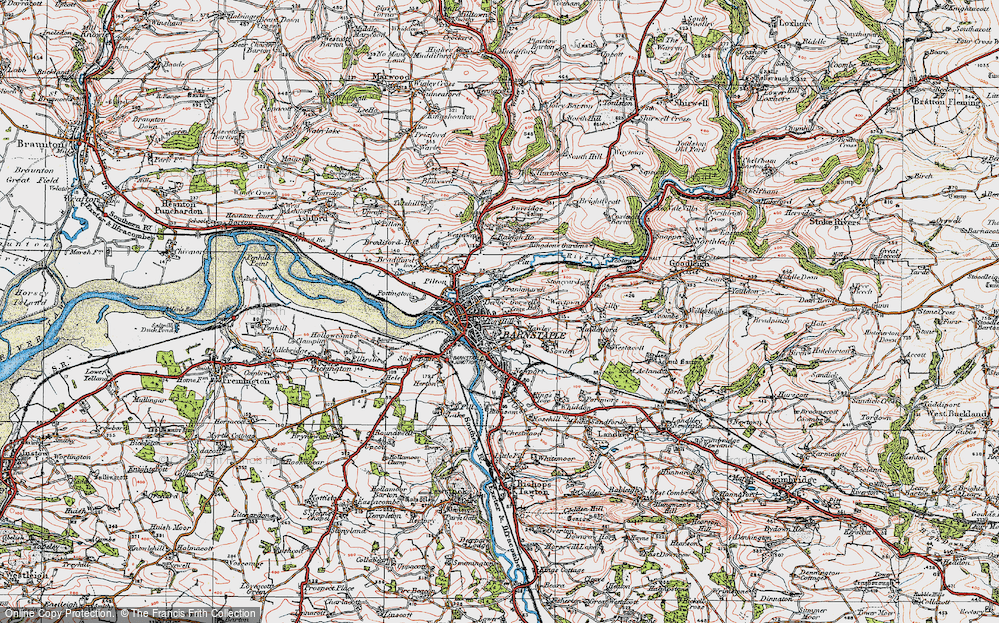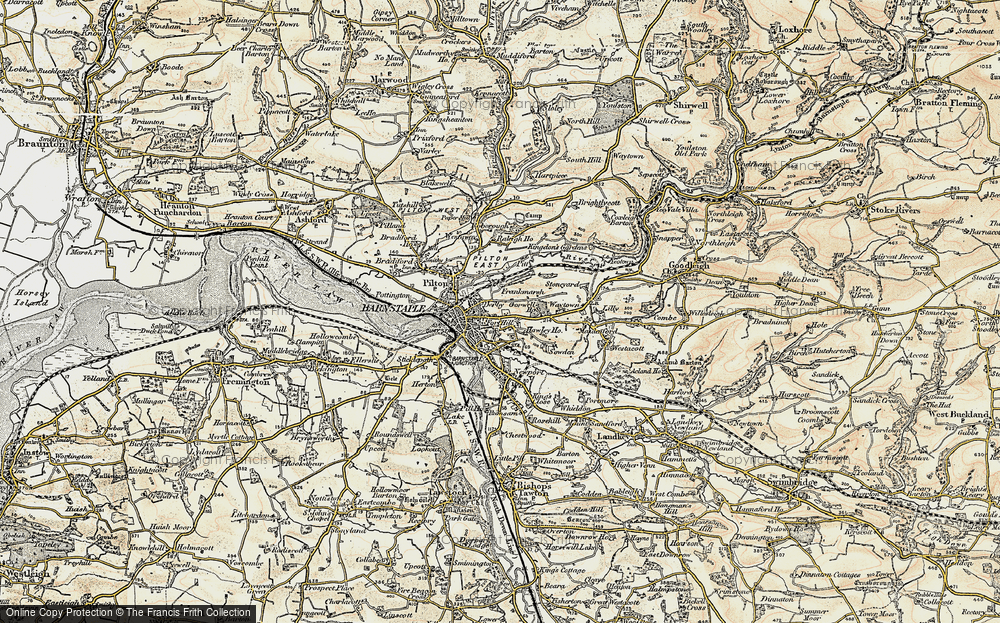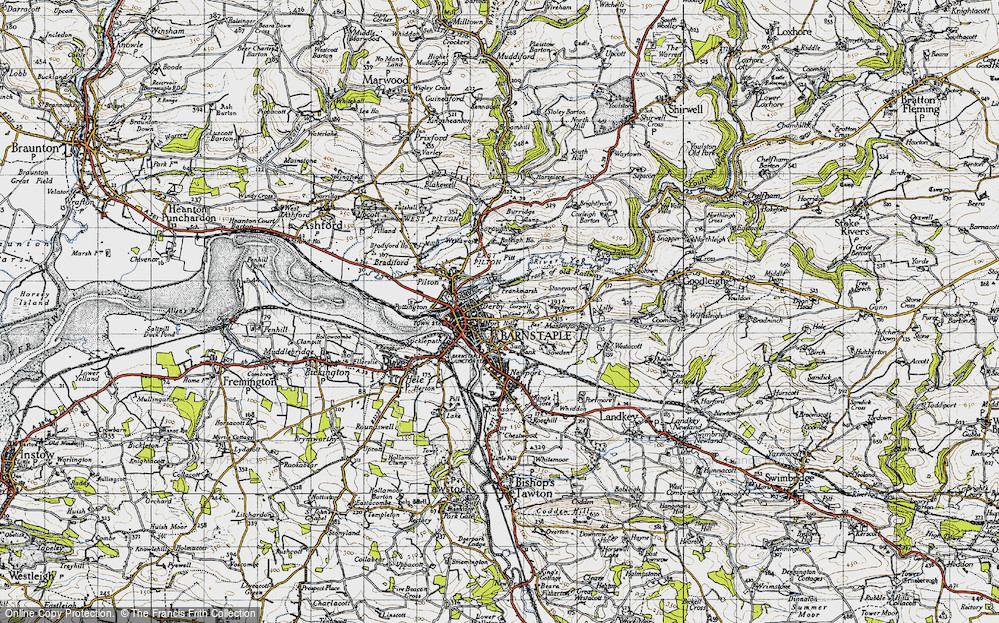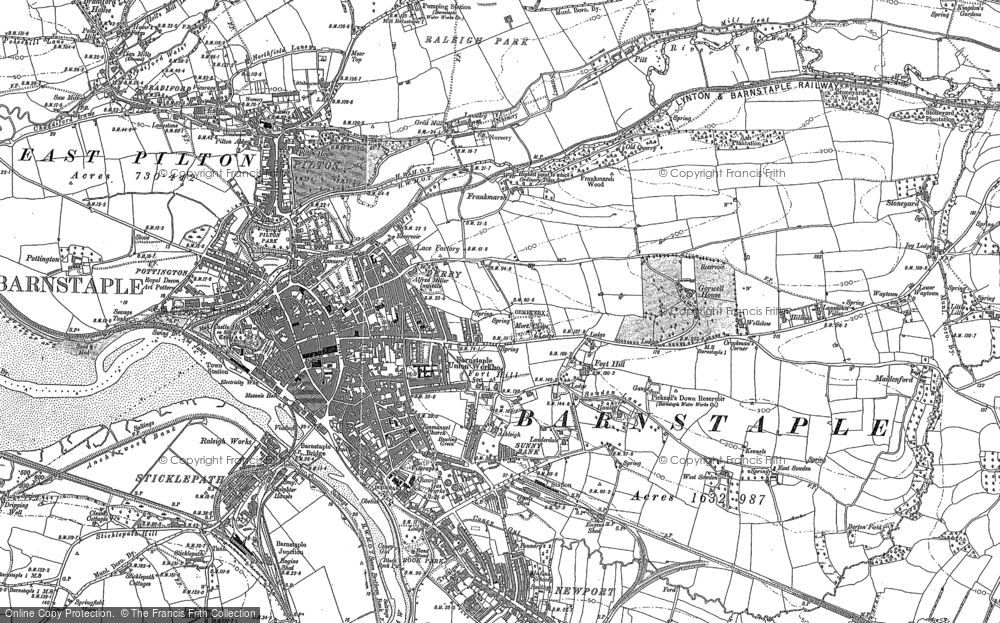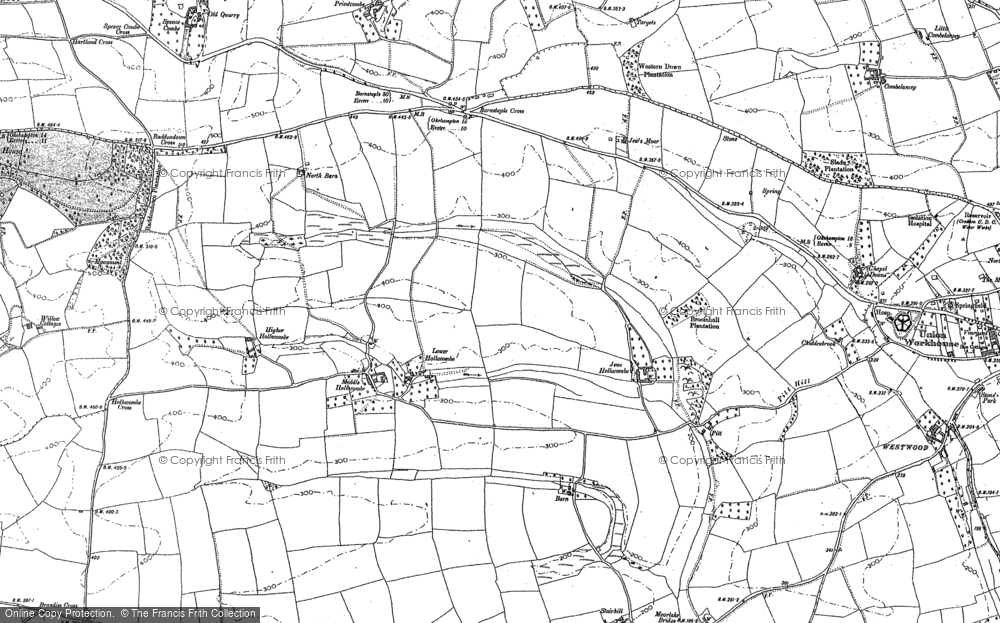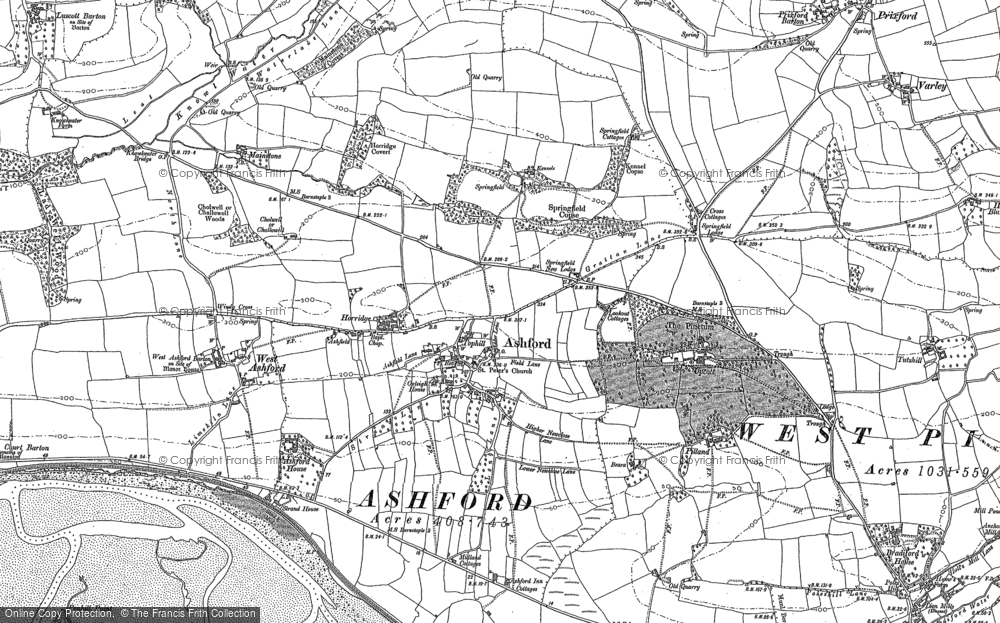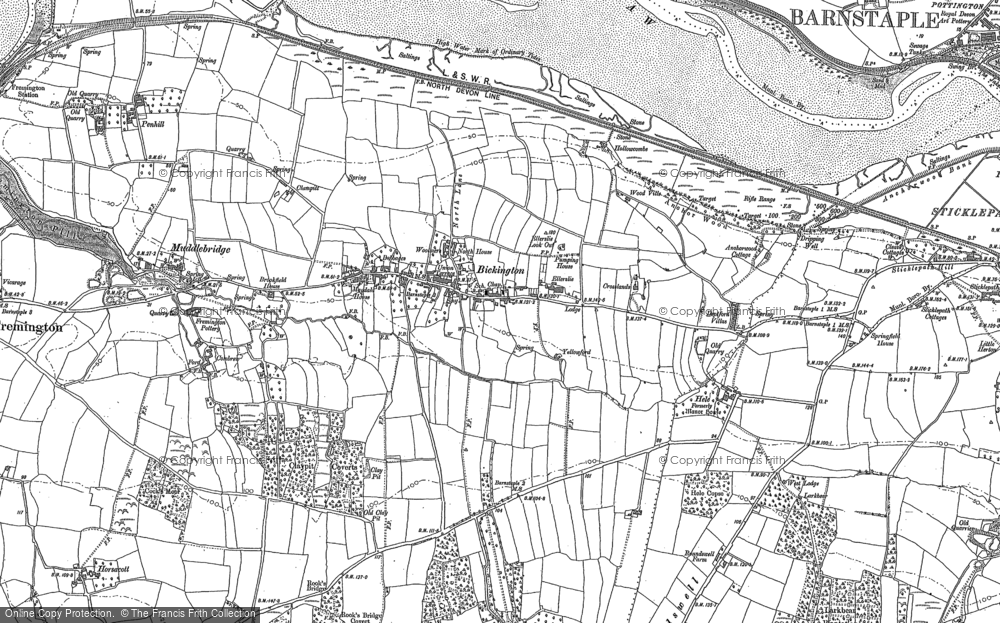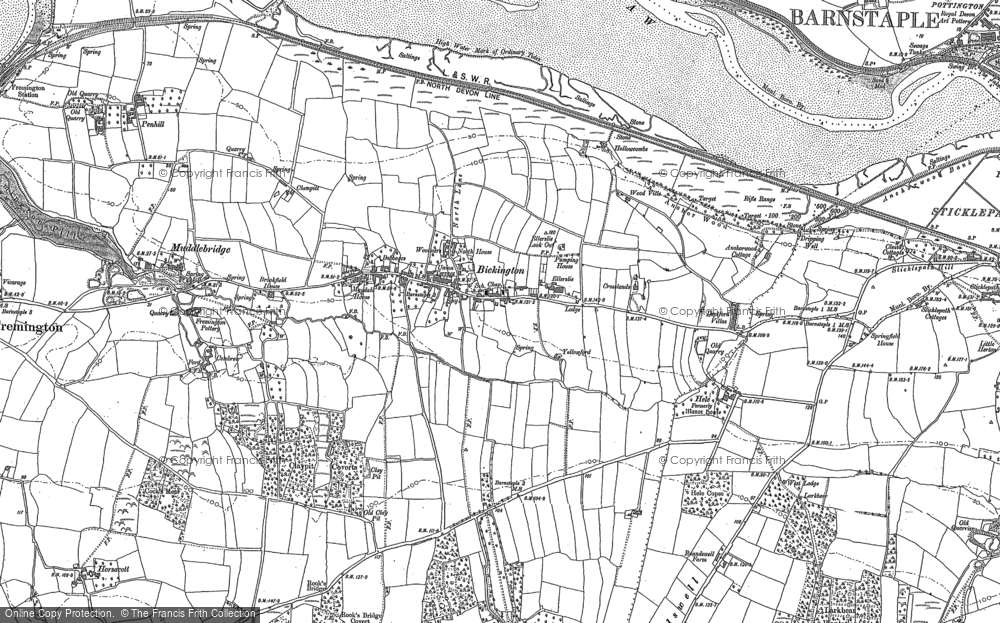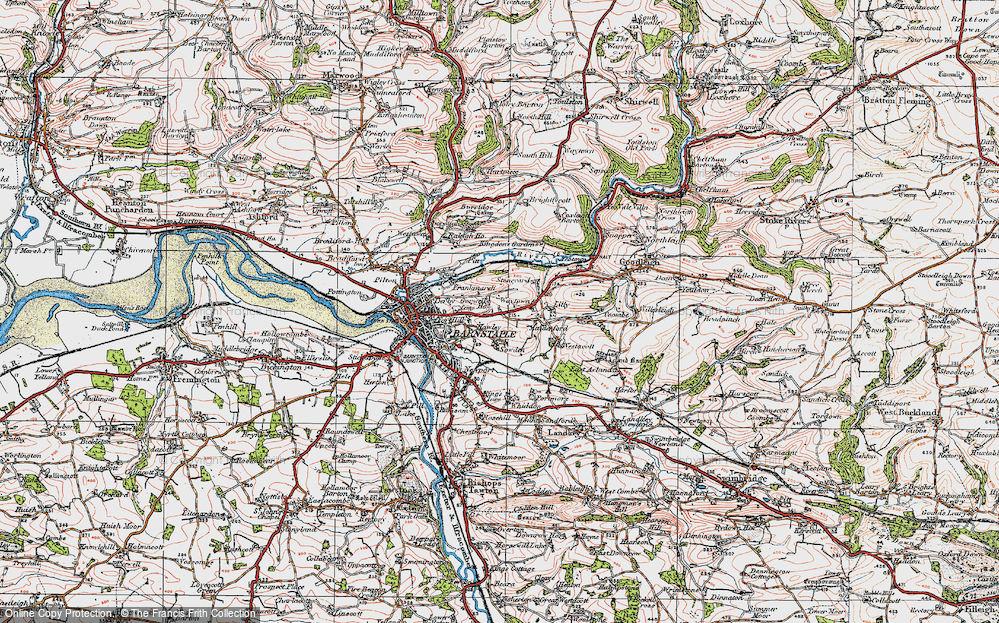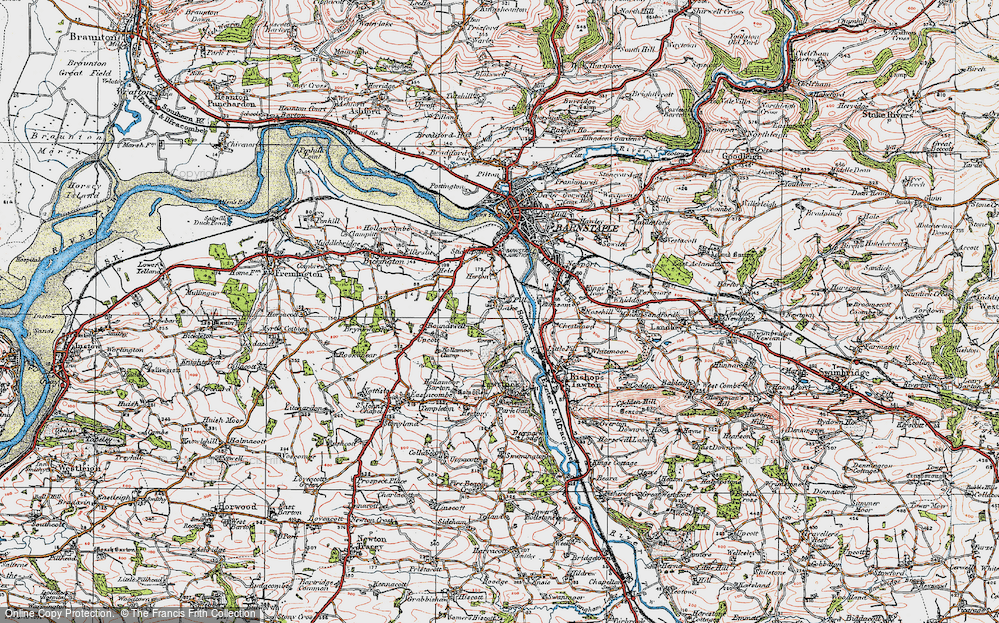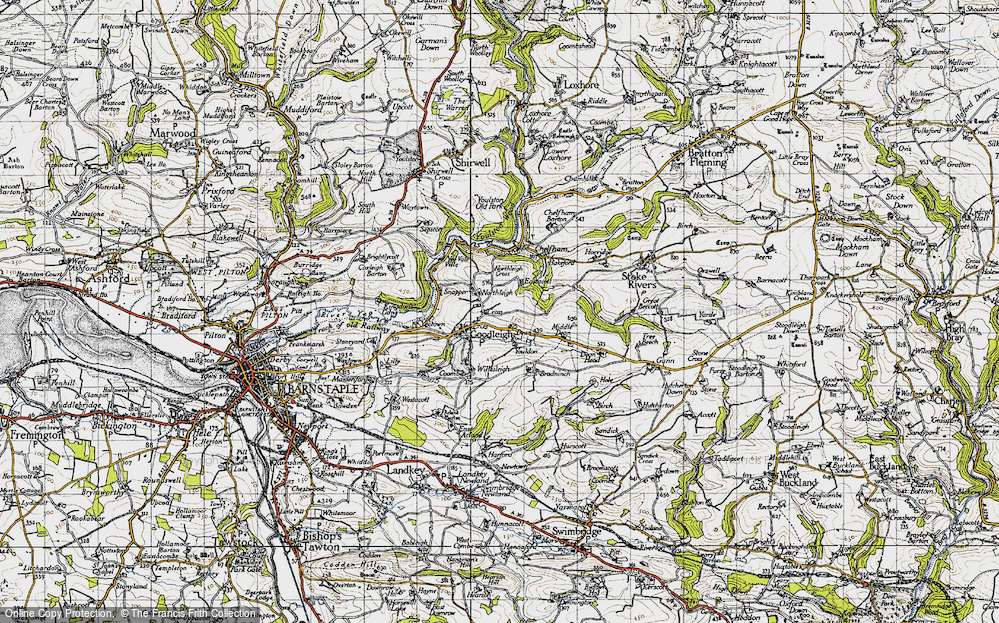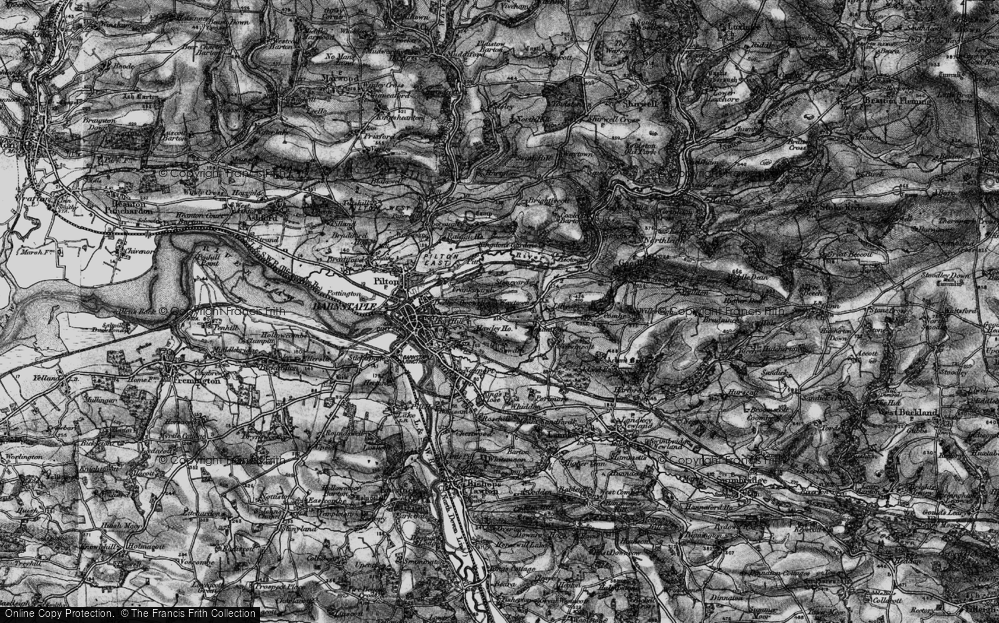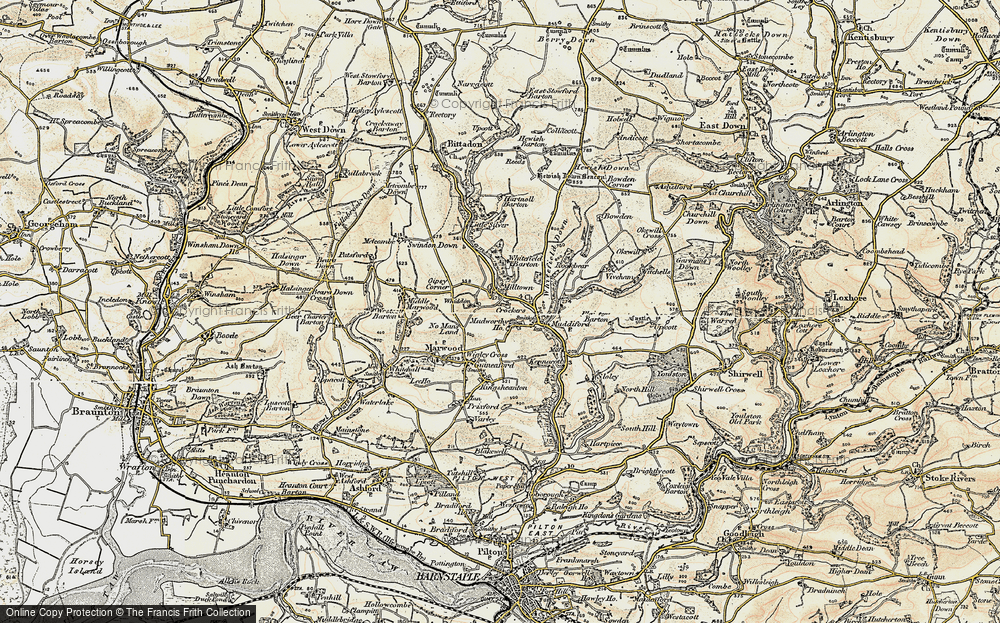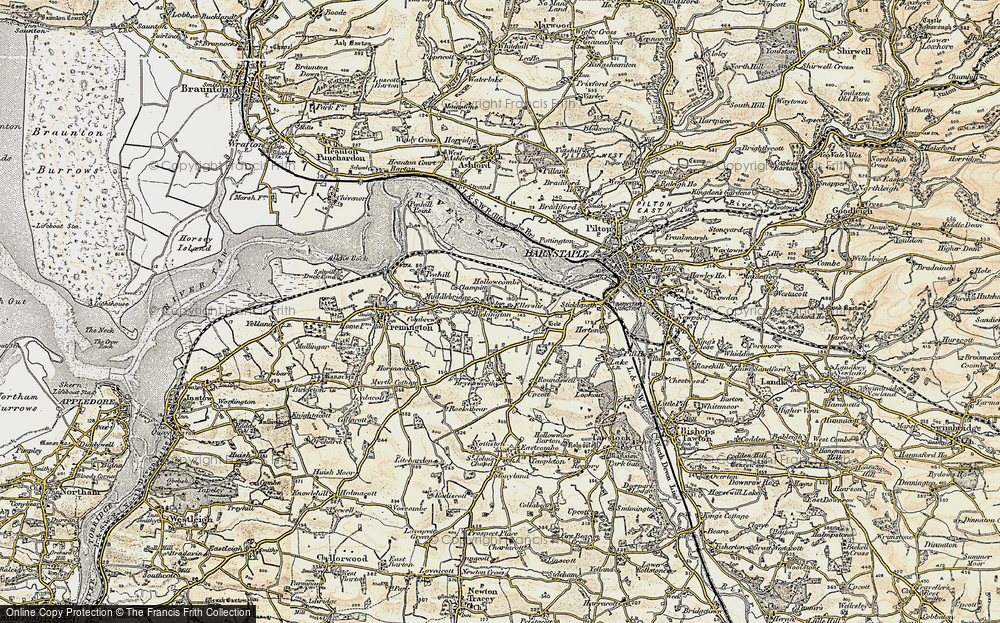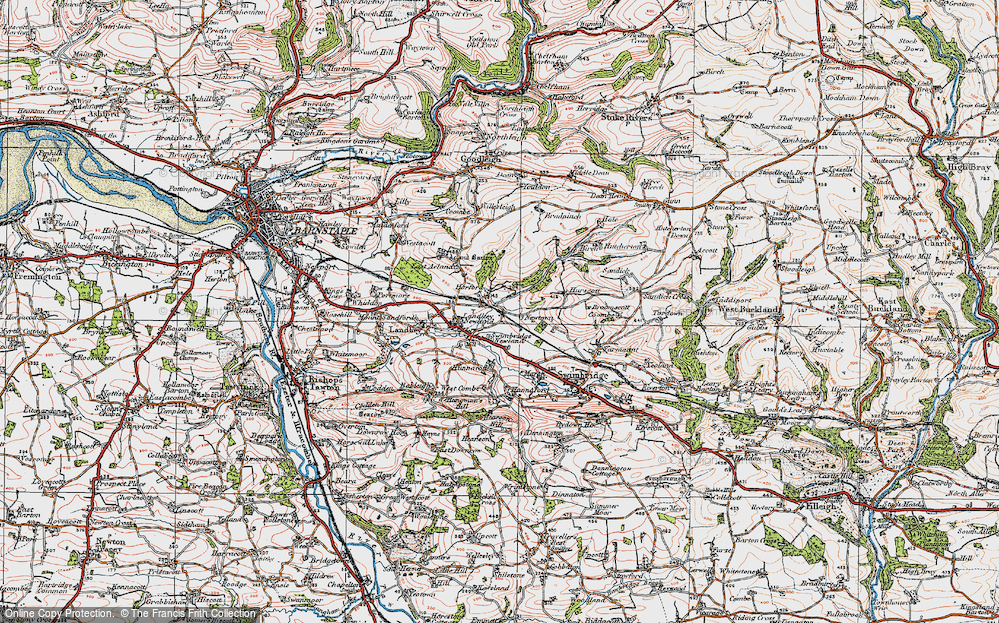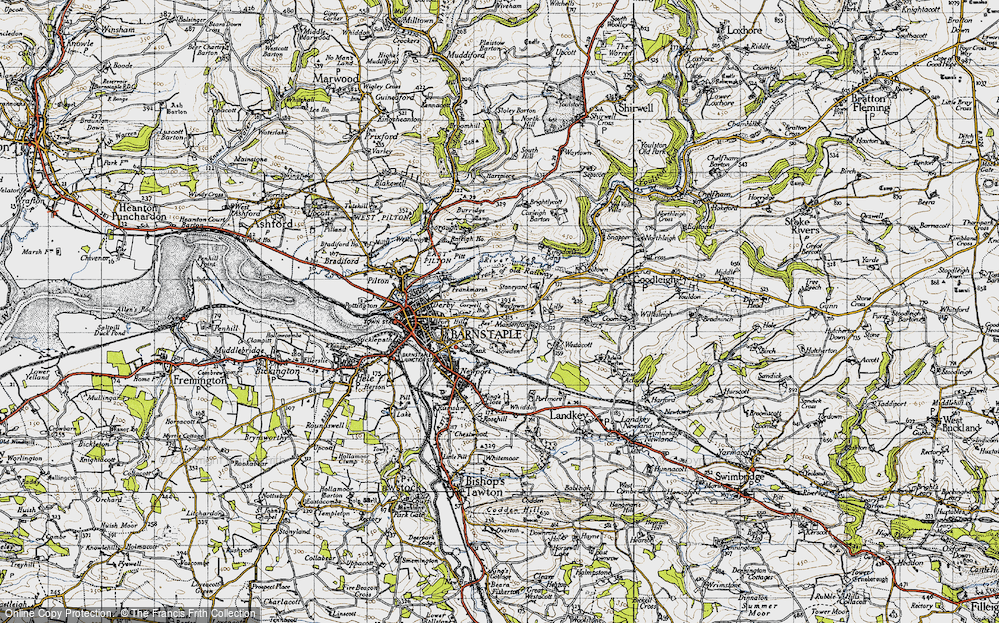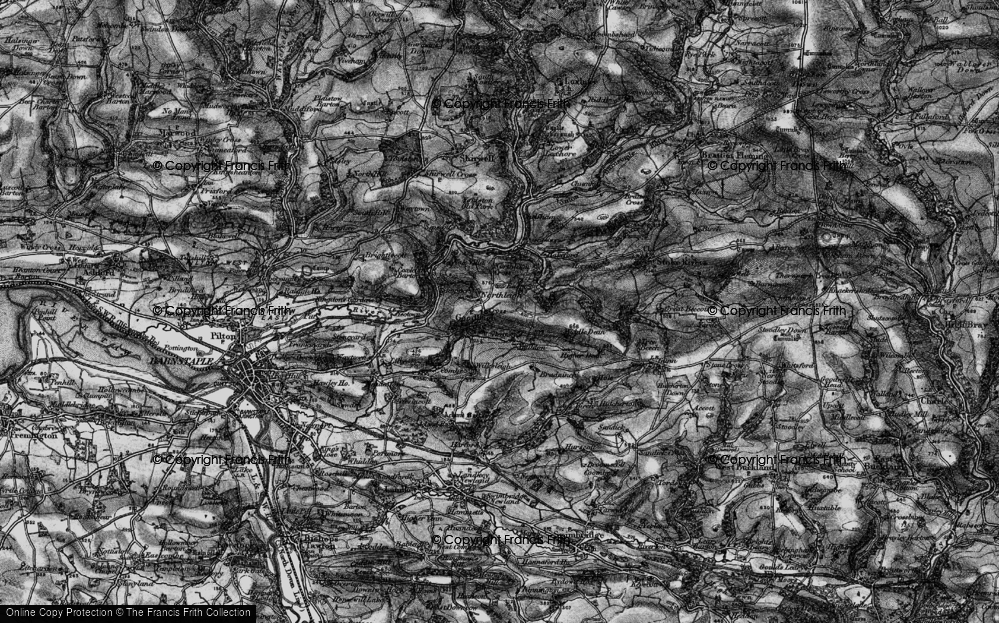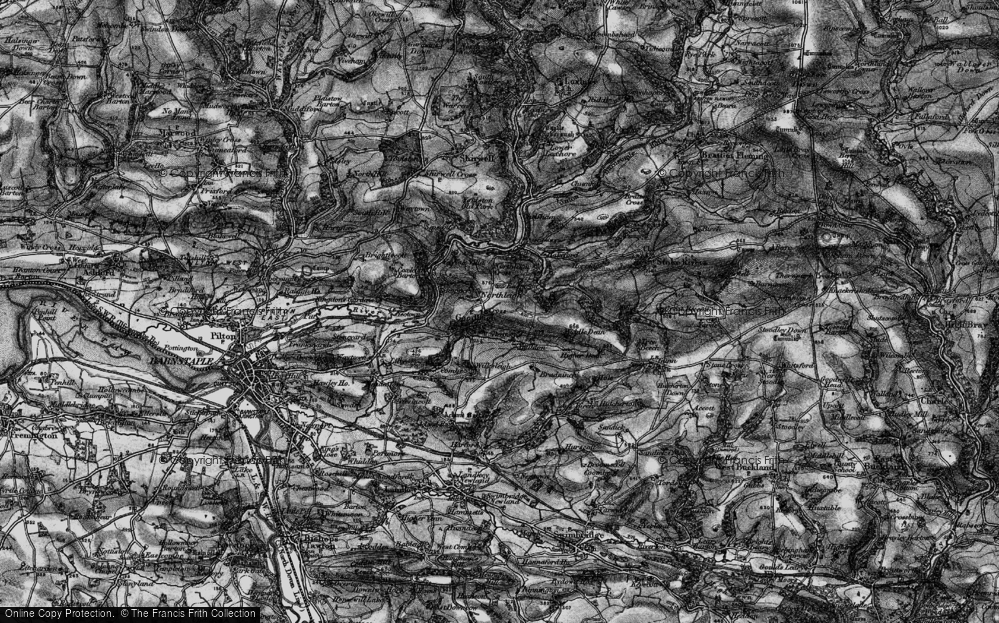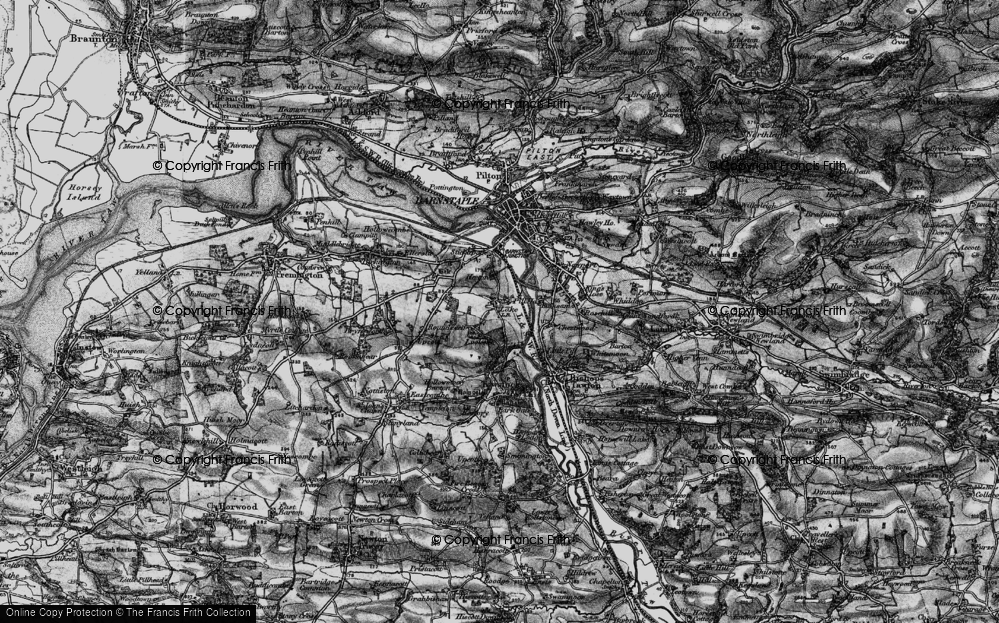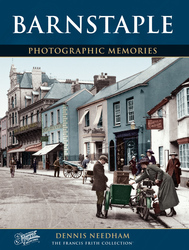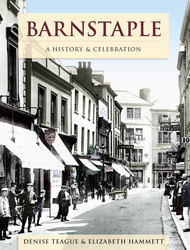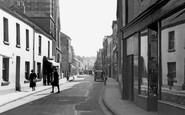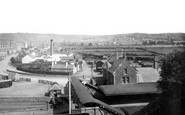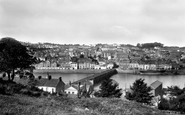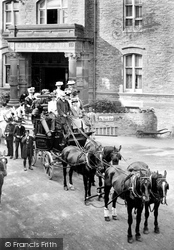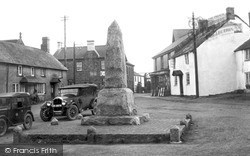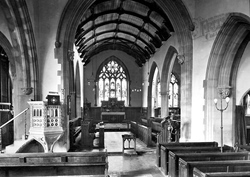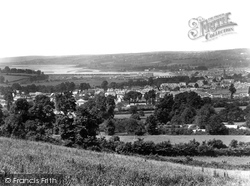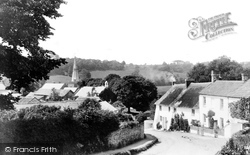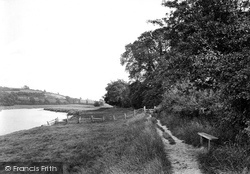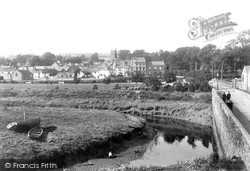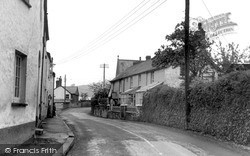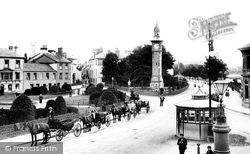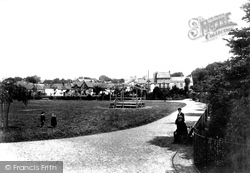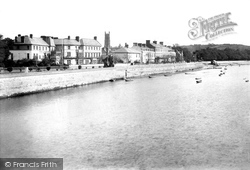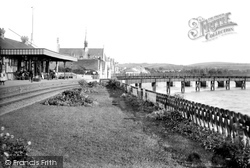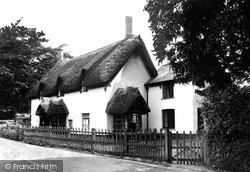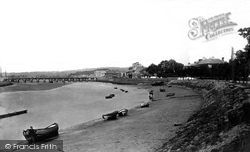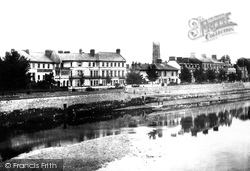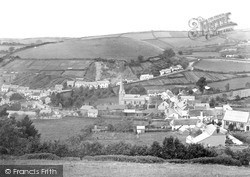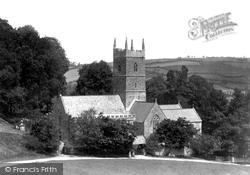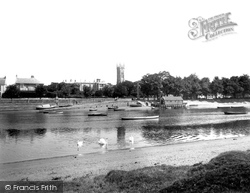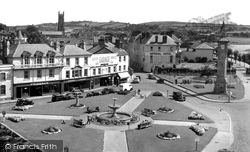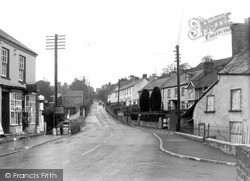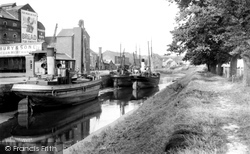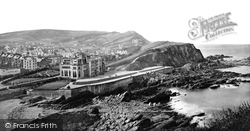Places
21 places found.
Those places high-lighted have photos. All locations may have maps, books and memories.
- Barnstaple, Devon
- Goodleigh, Devon (near Barnstaple)
- Sticklepath, Devon (near Barnstaple)
- Ashford, Devon (near Barnstaple)
- Burridge, Devon (near Barnstaple)
- Eastacombe, Devon (near Barnstaple)
- Cross, Devon (near Barnstaple)
- Whiddon, Devon (near Barnstaple)
- Northleigh, Devon (near Barnstaple)
- Lake, Devon (near Barnstaple)
- Week, Devon (near Barnstaple)
- Uppacott, Devon (near Barnstaple)
- Whitehall, Devon (near Barnstaple)
- Bickington, Devon (near Barnstaple)
- Churchill, Devon (near Barnstaple)
- Kerscott, Devon (near Barnstaple)
- Harford, Devon (near Barnstaple)
- Milltown, Devon (near Barnstaple)
- Westacott, Devon (near Barnstaple)
- Waytown, Devon (near Barnstaple)
- Little Silver, Devon (near Barnstaple)
Photos
391 photos found. Showing results 1 to 20.
Maps
67 maps found.
Memories
33 memories found. Showing results 1 to 10.
Barnstaple, Bear Street C1955
The parked car is outside my great uncle's cobbler and shoe shop. When I was eight, I spent time 'working' in the shop for a few pennies The church opposite was where the local Brownies met weekly of which I was one.
A memory of Barnstaple by
Railway Info.
The furniture van to the left will have been carried to Barnstaple by rail. There were special low 'road vehicle trucks' onto which these vans could be loaded and moved long distances around the country. and it is standing next to the end loading docks at this end of the station.
A memory of Barnstaple in 1890
Springfield Terrace
This view shows my house. It is the one at this end of Springfield Terrace - you can see a number of the terrace chimneys peeping out over the top of the hill to the left. We overlook the River Torridge. You can see the old medieval ...Read more
A memory of Bideford in 1890 by
An Evacuee 1940 1945 David Bush
I am now 89 but I was only 7 when I was collected from the pavement at the end of Yeo Vale Rd in 1940. I was given shelter at number 41 Carrington Terrace the home of Mr. & Mrs. Gear and their daughter Mary. They ...Read more
A memory of Barnstaple by
Combpyne Village Reservoir
I am a little bit unsure whether it was 1948 when my late father, the Revd Peter N Longridge, moved from Sticklpath in Barnstaple down to Combpyne. Or maybe a year or two later. The list of Rectors in the church will ...Read more
A memory of Combpyne in 1948 by
My Holidays In The 50's At Court Hall
I spent most of my school holidays, together with my brother Ronny, at Court Hall from July 1952 to approximately May 1955 - if my memory still serves. From those days. I have retained or rediscovered contact ...Read more
A memory of North Molton by
Chivenor 1949
I was 19 years old, in the R.A.F. at Chivenor from October, 1948 to June, 1949 and was at the dance-hall in Barnstaple one of those nights in April, 1949. Across the room was the loveliest girl I had ever seen, brown wavy hair to her ...Read more
A memory of Barnstaple in 1949 by
Memories Of A Descendant Of A Bratton Fleming Family
Although I live in Canada, I have a sentimental attachment to Bratton Fleming, where my grandmother, born Melia Ann Parkin, was born long ago. This attachment was fostered by my seeing ...Read more
A memory of Bratton Fleming by
The Clarke Family Of Newton Tracey In The Early 19th Century
Frances “Fanny” Clarke was born about 1810 in Newton Tracey and my interest in both her and the village is because she married Henry Howard, a tin plate worker from Barnstaple. My ...Read more
A memory of Newton Tracey by
Looking For Mrs Coghlan
Hi, I had relatives that lived in Bideford and Northam. Mrs Annie Coghlan, (who was Annie Martin nee Woodland) who survived the Titanic, I'm trying to find out what happened to her after she survived the Titanic and before ...Read more
A memory of Bideford in 1920
Captions
32 captions found. Showing results 1 to 24.
The driver blows his horn and Copp's coach 'Defiance' is ready to leave for Barnstaple.
This hilltop village, at the head of the Coombe Valley, sits astride the main road between Bude and Barnstaple. It was once the Pilgrim's route to St Michael's Mount.
Its unusual lead-covered octagonal broach spire was erected in 1389 and, despite restoration in the 17th century, is now slightly twisted. 17th-century decorated floor tiles, made in Barnstaple, can
Several sailing vessels stand at Barnstaple Quay. Gas street lighting is already in place on the station approach road, but not on the Bideford road which leaves to the left.
An overview of Barnstaple taken from the Mount Sandford area. The lush fields are clear to see, as is the bridge, Raleigh Cabinet Works, and the estuary.
Once a sleepy hamlet, Bishops Tawton is now a coveted area for Barnstaple commuters. The church, St John the Baptist is essentially 14th century, although much of the interior has been re-modelled.
All is tranquil a couple of miles up-river of Barnstaple. The L&SW railway follows the river almost from the water- shed at Copplestone near Crediton, 30 miles away.
It was soon dwarfed by Barnstaple across the River Yeo, but it remained an important shipbuilding centre. Between 1766 and 1862 Pilton, and Pottington just downstream, built 80 ships.
Before the link road between the M5 and Barnstaple was built, Landkey was on the main road out of North Devon. Its long, straggly nature is clear from this photograph.
Note that electric street lighting is already in place, only a few months after the Barnstaple Corporation Electricity Works was opened. The gazebo is a shelter for cabbies.
Pilton was the original area of settlement before Barnstaple existed, and was cut off by bog and river until the 15th century. Note the wonderfully coloured bonnet worn by the child to the left.
Strangely, no Edwardian Barumites (the local name for Barnstaple residents) are enjoying a summer walk along Taw Valley Parade. Note the weather recording station in the white box on the left.
Today the railway terminates at Barnstaple.
North Walk was destroyed when the Lynton and Barnstaple railway came through in 1898. Subsequently, a road was built linking The Strand with the end of High Street.
The estate vilage of Arlington with the old post office - now Mill Cottages - lies alongside the Lynton to Barnstaple road.
Beyond the bridge, the sailing ship mast on the left is as Westacott's shipbuilding yard; those on the right are tied up at Barnstaple Quay. A small transom-sterned barge is beached by the slipway.
Barnstaple's premier hotel - The Imperial - is on the left, still in business today. Again, there is plenty of human activity by the waterside at low tide.
Swimbridge was the next village along the Barnstaple to South Molton road after Landkey. In this 1890s picture, there are roadside poles. Are they for gas lighting, or telephones even?
This remarkable church, St Peter's, is hidden in the Taw valley a couple of miles from Barnstaple.
You could hire rowing boats there, and at one time it was where Barnstaple Rowing Club had its base.
Taken from the roof of Bridge Building, this shows the heart of Barnstaple. Holy Trinity Church tower is prominent; to its left is a conical shaped roof.
Looking towards Barnstaple, the village shop is still in business, albeit not selling Dominion Petrol any longer. Neither are the milk churns collected each day.
Rolle Quay was the industrial area of Barnstaple, located on the seaward side of the river Yeo. Even in 1936, some trade is still in evidence.
At 9am daily a coach left to meet the train at Barnstaple, returning at 5.30pm.




